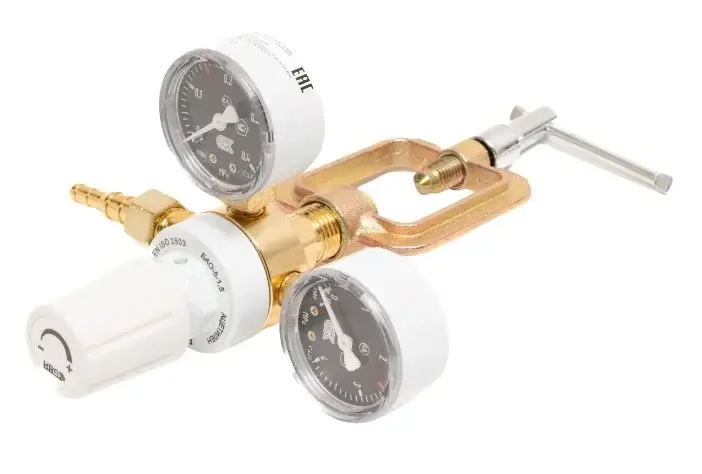There are a variety of welding technologies, each with its own unique features, benefits and applications. In this article, specialists from Industrial Technologies Company will tell you about several of the most popular technologies and possible selection criteria.
MIG welding
The MIG method uses wire that is automatically fed into the work area and an inert gas to protect the seam from oxidation.
Pros:
- high speed of operation;
- relative simplicity of the process makes it accessible to inexperienced users;
- minimal formation of slag, which simplifies subsequent processing.
Disadvantages:
- limitations on the thickness of the materials being welded;
- cylinders with gas, this may lead to logistical difficulties.
TIG welding
The TIG method, on the other hand, involves manual operation where a tungsten electrode is used with an inert gas to protect the weld. This method is suitable for both large-scale and small-scale, precise work, but requires fairly high qualifications from the master.
Advantages:
- excellent seam quality;
- minimum number of defects;
- suitable for precise and accurate work with various materials, including stainless steel, titanium and various alloys.
Disadvantages:
- low operating speed compared to MIG;
- requires advanced skills and experience from the operator
MMA welding
MMA, or manual arc welding, is one of the traditional methods in which an electric arc causes melting of the electrodes and the base material.
Advantages:
- suitable for working in open spaces, including in adverse weather conditions;
- can be used to create large metal structures and join metals damaged by corrosion.
Disadvantages:
- high probability of weld contamination due to slag formation.
- requires good surface preparation to achieve a high-quality connection
For each method, there are preferred materials for welded structures. But this limitation can be circumvented by using appropriate welding materials specifically designed to work with certain metals: from different types of steels (stainless, high-strength, heat-resistant, carbon) to copper, aluminum and nickel alloys.
How to choose the appropriate method?
Consider several factors.
- Type of material - if you are working with thin sheets, MIG may be perfect. For aluminum or non-standard metals, TIG is preferred.
- Working environment - if work needs to be done outdoors or in difficult conditions, MMA is the best option.
- Welder skill level - beginners can start with MIG , while experienced professionals will appreciate the advantages of TIG.
- Required joint quality - for high-quality welds that will face severe service loads, it is better to choose TIG, despite its slow process.
The preferred method depends on your application, the size of the project and the conditions of the site where the work will take place. Each of the considered methods has its own strengths and weaknesses. Therefore, it is important to consider all aspects before making your final choice. And contact specialists for advice is the best solution!




